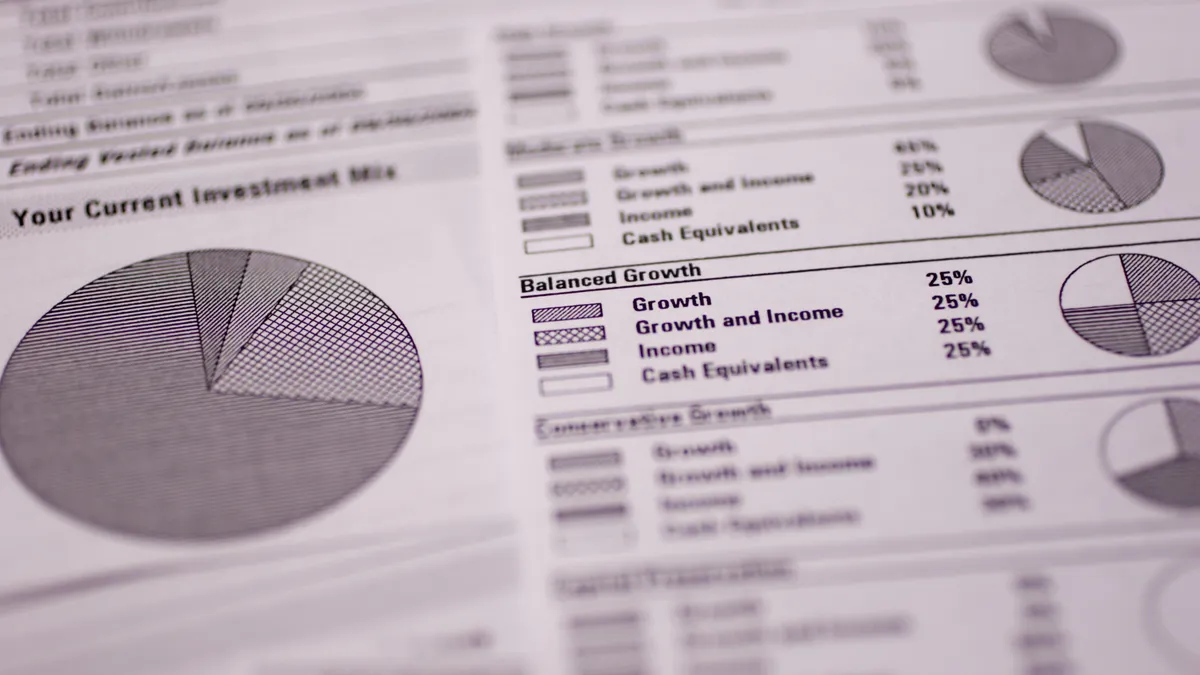Dive Brief:
- Only 21% of those in the middle class in the U.S. feel very confident they will be able to fully retire or maintain a comfortable lifestyle when they do so, according to the results of a survey released Aug. 28 by nonprofit Transamerica Center for Retirement Studies and Transamerica Institute. The survey defined the middle class as people with an annual household income between $50,000 and $199,999.
- Those surveyed said they faced competing financial priorities, including paying off debt (59%), saving for retirement (49%), developing an emergency savings (42%), saving for a major purchase or life event (31%) and covering basic living expenses (31%).
- Forty percent of those in the U.S. middle class said their greatest retirement fear is outliving their savings and investments. Of those surveyed, only 24% strongly agreed that they have a large enough nest egg.
Dive Insight:
“America’s middle class is navigating the turbulent post-pandemic economy and high rates of inflation. They are focused on their health and financial well-being, but many are at risk of not achieving a financially secure retirement,” Catherine Collinson, CEO and president of Transamerica Institute and TCRS, said in a statement.
Nearly half of those in the middle class who haven’t yet retired expect to work longer than the typical retirement age, 52% plan to keep working after retirement, and 15% don’t plan to retire, according to the survey results. However, the actual median age of middle class retirees is 62, and half retired earlier than they expected, the report said.
A recent Employee Benefit Research Institute report found that older workers now make up a greater share of the workforce, and the share of those who are “prime working age” (ages 25-64) has dropped since the mid-1990s.
A separate EBRI report found that adults 65 and older made up 29.5% of the workforce in 2023, compared to an estimated 23% in 2000.















